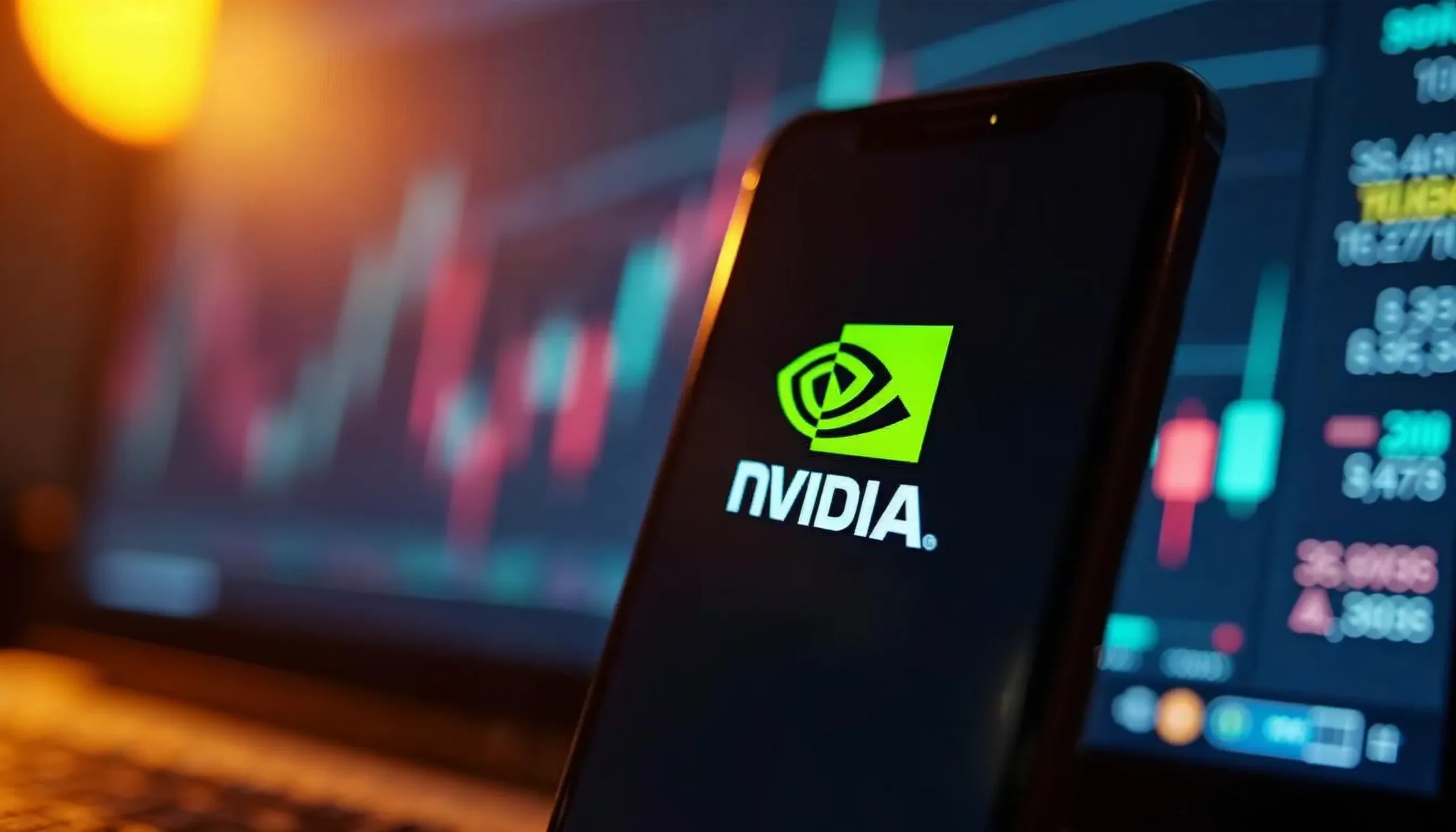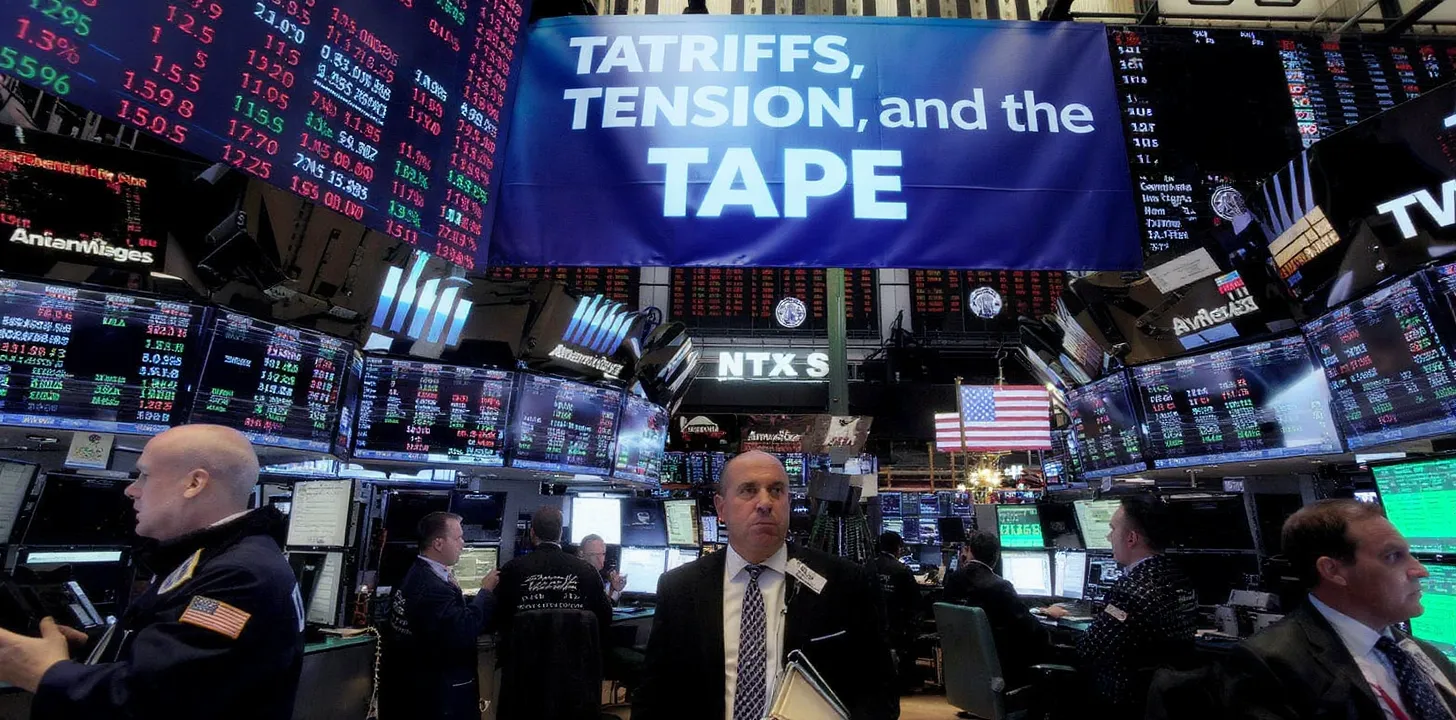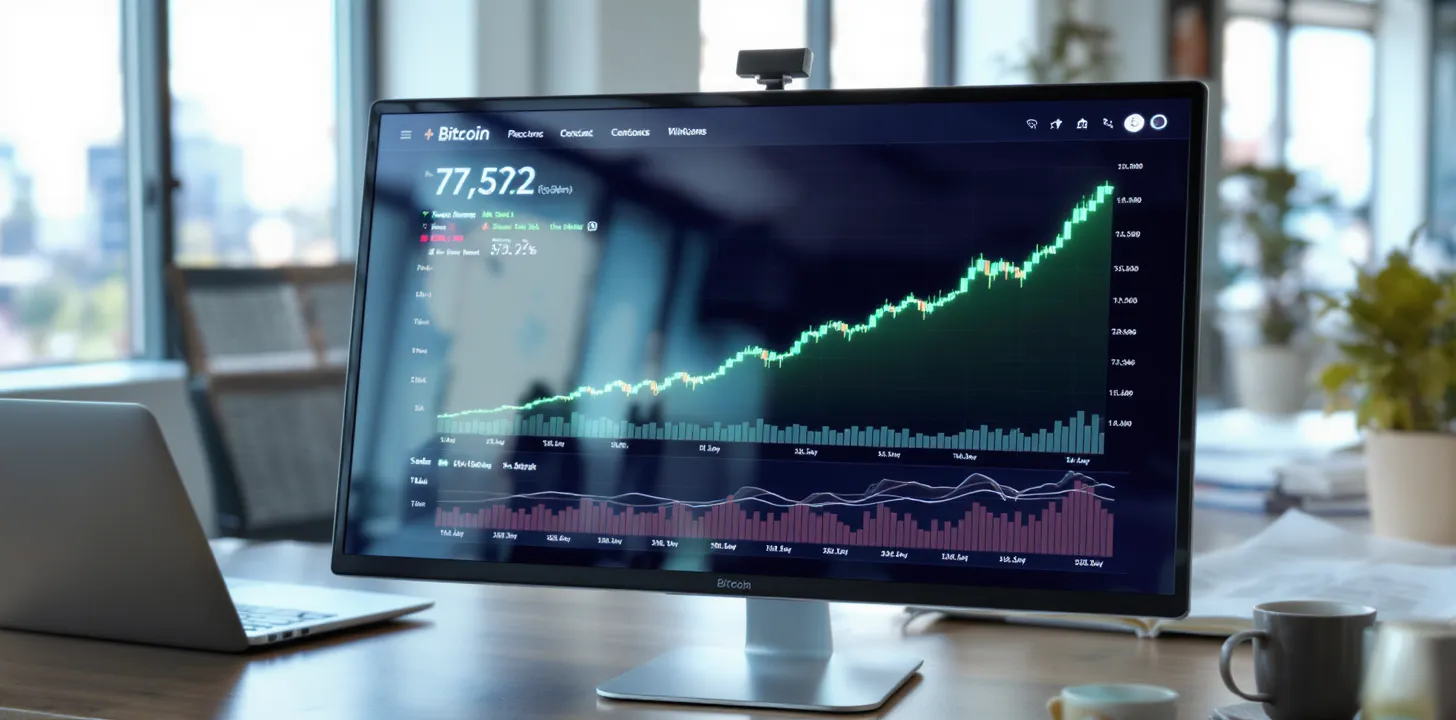Nvidia’s March to $4 Trillion: Dissecting the Price Action, Relative Valuation, and Utility in 2025
Nvidia’s March to $4 Trillion: Dissecting the Price Action, Relative Valuation, and Utility in 2025”
Introduction – A Milestone That Re-priced the Entire Semiconductor Complex
On 9 July 2025 Nvidia became the first public company ever to close above a $4 trillion market capitalization, eclipsing even Apple and Microsoft in the index weightings of global benchmarks. The share price punched through a fresh all-time high at $164 intraday and settled 1.6 % higher, extending a 258 % total-return rally since the start of 2024. The magnitude of the move has forced every fundamental investor, factor-model allocator, and options-desk risk manager to confront the same question: is this price justified, or is it the exuberant crescendo of an AI bubble?
1 | Latest Headlines: From Record Revenues to Robotics Flashpoints
Fiscal-2026 Q1 results smashed expectations. Revenue rose 69 % YoY to $44.1 bn, with Data Center sales alone hitting $39.1 bn – the fourth consecutive quarter that the AI-server franchise has grown >70 % YoY.
Blackwell shipments began ahead of schedule. Cloud customers have already booked 2025 allocation of the B200 and GB200 platforms, accelerating the transition off the Hopper generation. Analysts argue this pulled demand into 1H25, tightening supply even further.
Robotics narrative ignited. In April and May Nvidia unveiled Isaac GR00T N1 and N1.5, the first open humanoid-robot foundation models, plus “GR00T-Dreams” for synthetic motion data. Robotics may still be an option-like call on the stock, but the announcements widened Nvidia’s TAM story beyond cloud AI into physical AI and automation.
2 | Price Discovery: Flow-Driven Momentum, Gamma Squeezes, and the ETF Feedback Loop
During Q2 2025 cumulative net ETF inflows into AI-themed funds surpassed $48 bn, with more than half allocated to products benchmarked to the “AI-Leaders 25” index where Nvidia carries a 15 % cap-weighted share. Dealers hedging short gamma sold near-dated calls and bought further-out strikes, steepening the smile and amplifying every news catalyst. Add to that the $30 bn repurchase authorization Nvidia announced last quarter, and the bid-side has been mechanically stronger than the offer-side for months. The resulting price action looks less like a speculative melt-up and more like a multi-layered liquidity vortex sustained by forced passive buying, hedging flow, and corporate bid.
3 | Fundamental Engine: Data-Center Economics and “AI CAPEX” Fever
Cloud hyperscalers are projected to lift AI-related capital-expenditure to north of $330 bn in calendar-2025, up from $240 bn in 2024, according to D.A. Davidson. Nvidia’s data-center platform captures the fattest slice of that spend because it bundles silicon (GPU + NVSwitch), a proprietary software moat (CUDA, cuDNN, TensorRT), and an orchestration layer (DGX OS, NeMo, Triton). Investors therefore model a multiyear consumption-based annuity rather than a lumpy hardware cycle.
Underpinning these economics is a sustained supply pinch. TSMC doubled its CoWoS advanced-packaging capacity for 2025, yet Nvidia has already locked in roughly 60 % of that incremental output, leaving peers to scramble for the remainder. In other words, demand is elastic at any reasonable price while supply remains inelastic—perfect fuel for margin expansion.
4 | Relative Valuation: Expensive, but Not in a Vacuum
As of 10 July 2025, Nvidia’s forward P/E is 37×, versus 38× for AMD and an eye-watering 82× for Intel (the latter still digesting heavy foundry losses). Strip out the slower-growth PC and embedded units, and analysts peg Nvidia’s AI segment at <30× 2026 earnings—a premium, but one backed by a 40 % three-year revenue CAGR versus low-20s for AMD and single-digits for Intel. Moreover, Nvidia’s gross margin has leapt to 78 %, dwarfing AMD’s ~51 % and Intel’s sub-40 % metric. On a PEG basis the stock screens less stretched than headline multiples suggest.
5 | Competitive Frontier: Can AMD or Intel Catch Up?
AMD’s MI350X claims a 1.4× performance-per-watt edge over Hopper H100 and a 20 % price discount versus Blackwell, but it still relies on the same HBM3 e supply chain that is already oversold. Production ramp guidance therefore caps AMD’s ability to dent Nvidia’s share until 2026.
Intel meanwhile markets Gaudi 3 accelerators at a cost-per-token trained advantage, yet the silicon is two nodes behind and the software stack remains fragmented without a CUDA-scale network of developers. In competitive-strategy language, Nvidia enjoys resource immobility (deep domain-specific software) and complementary asset control (NVLink, Spectrum-X, BlueField-3 DPUs) that act as economic moats.
6 | Utility Beyond the Data Center: Robotics, Automotive, and the Omniverse Flywheel
What if Nvidia could replicate the AI-cloud flywheel inside physical-world AI? That is the bet behind Isaac and Omniverse. Isaac GR00T foundation models provide transferable motor-skill priors; Omniverse Cloud renders a photo-real simulation environment; and the Blackwell GPU architectures offer the deterministic latency needed for safety-critical edge inference. This trifecta lowers the barrier to robotic prototyping, potentially catalyzing a Cambrian explosion of warehouse, healthcare, and agricultural bots—all running on Nvidia silicon.
Conclusion – Price vs. Value in a Reflexive Loop
Nvidia trades where it does because the market is repricing the entire accelerated-computing stack as the new utilities infrastructure of the digital economy. Supply remains gated by packaging capacity; demand is compounding because every enterprise boardroom has moved “deploy generative-AI” from innovation to existential necessity; and Nvidia sits at the control point between the two. Relative to peers the stock is expensive, but the premium mirrors unmatched margins, software lock-in, and option value in robotics and autonomous systems. As long as that reflexive supply-demand flywheel spins—and today it shows little sign of deceleration—the path of least resistance for the price remains higher.



